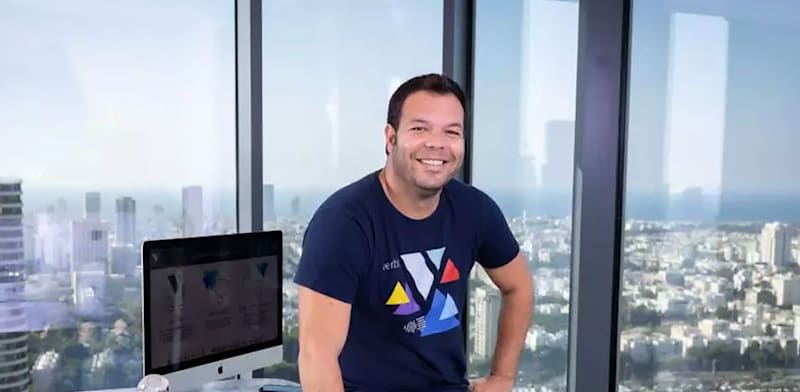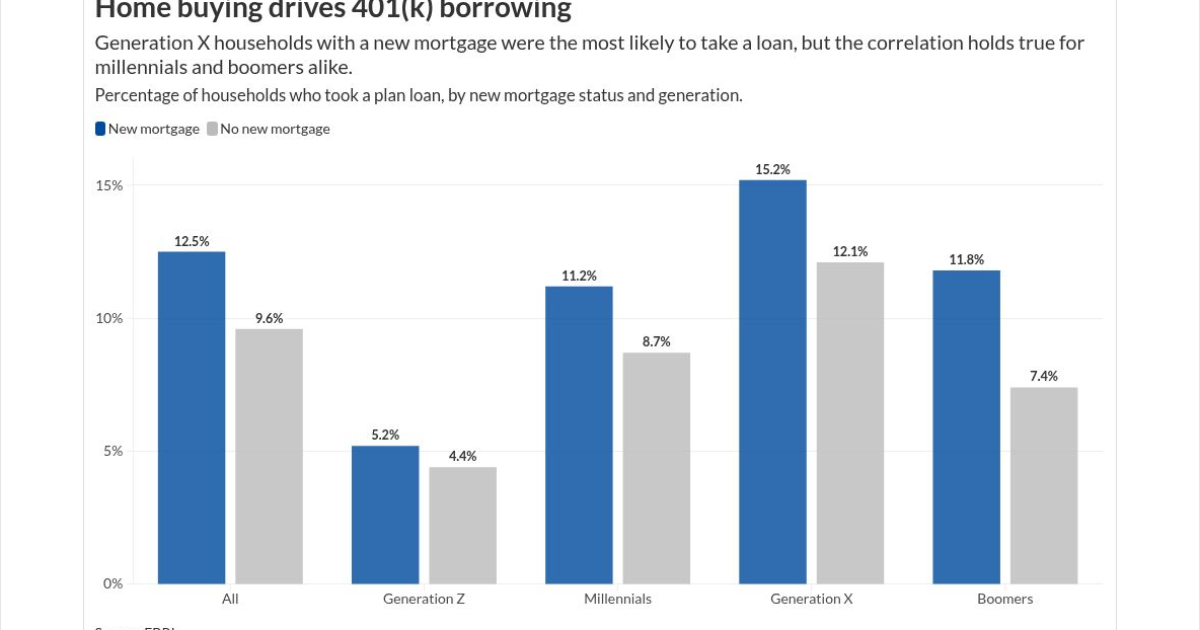Updated on August 27th, 2025 by Bob Ciura
Shelby Davis started investing with $50,000 at age 38.
He amassed a $900 million fortune and joined the list of the Forbes 400 wealthiest individuals by the time of his death at 85.
Shelby Davis made his fortune investing primarily in insurance stocks.
Note: Five of the 69 Dividend Aristocrats are in the insurance industry — Aflac (AFL), Brown & Brown (BRO), Chubb (CB), Erie Indemnity (ERIE), and Cincinnati Financial (CINF).
You can download an Excel spreadsheet of all 69 Dividend Aristocrats by clicking the link below.

Few investors know of Shelby Davis despite his incredible investing success…
This article explores the investing method Shelby Davis used to build his fortune.
Table Of Contents
Introduction
Shelby Davis & Insurance Stocks
Low Valuation
Cheap Leverage
Long-Term Outlook
Summary Of The Shelby Davis Method
Shelby Davis & Insurance Stocks
Shelby Davis started investing in earnest in 1947 when he was 38. He invested almost exclusively in insurance stocks for much of his career.
Shelby Davis recognized that insurance is an excellent industry to invest in for 3 primary reasons:
Insurance float is very valuable
The insurance industry changes slowly
Good management is a competitive advantage in insurance
The real value of an insurer comes from its float. Insurance float is money collected from premiums that has not been paid out as claims. This large pool of money sits on the balance sheet as a liability.
Insurance float is classified as a liability, but it is valuable. The float can be invested in stocks, bonds, and other securities. These investments then generate cash for the insurer.
This is where having good management comes into play. If an insurer is disciplined they will only write profitable policies (on average). This means that the company pays out less than $1 in both claims and expenses for every $1 in premiums the company brings in.
The combined ratio measures insurance profitability. The combined ratio is calculated as expenses and claim losses divided by premium revenue.

A combined ratio below 100% shows profitable operations before investment gains. This is very important if you are looking to compound your wealth ‘snowball style’.
Insurers that can maintain a combined ratio under 100% are effectively getting paid to reap 100% of the investing gains on other people’s money. These insurers get paid to have their float. This may sound similar to the investment advisor business model, but it is actually much better.
A traditional investment advisor makes 1% of assets under management every year. An insurer with a combined ratio under 100% gets to keep all of the investment gains from its insurance float. It would take a very poor investment management team to generate less than 1% a year on float.
On top of investment gains, the insurer is also making money from its actual operations because the combined ratio is under 100%.
There are three other critical components to Shelby Davis’ insurance investing success.
Low valuation
Cheap leverage
Long-term outlook
Low Valuation
Shelby Davis did not invest in all insurance stocks…
He looked specifically for well-managed insurers with a history of growth.
Additionally, he looked for undervalued insurers. Shelby Davis was an avid Benjamin Graham reader. Benjamin Graham is the father of modern value investing.
In 1947, Shelby Davis was elected President of Benjamin Graham’s stock analysis organization. This shows how impactful the ‘margin of safety‘ idea was on Shelby Davis.
Note: Daivs was not the only investor influenced by the margin of safety. Seth Klarman titled his book ‘Margin of Safety’.
And Warren Buffett says the margin of safety is one of his 3 cornerstones of sound investing.
“I consider there to be three basic ideas, ideas that if they are really ground into your intellectual framework, I don’t see how you could help but do reasonably well in stocks. None of them are complicated. None of them take mathematical talent or anything of the sort. Graham said you should look at stocks as small pieces of business. Look at fluctuations as your friend rather than your enemy — profit from folly rather than participate in it. And he said the three most important words of investing: ‘margin of safety.’ I think those ideas, 100 years from now, will still be regarded as the three cornerstones of sound investing.”– Warren Buffett
As a value investor, Shelby Davis looked for insurance companies trading at low price-to-earnings or price-to-book ratios. The typical ‘value’ benchmark for insurers is a price-to-book ratio under 1. If you can find a high quality insurer with a price-to-book ratio under 1, you will likely do well over time.
He looked for companies that would increase his wealth by both growing earnings and benefiting from rising price-to-earnings ratios.
Finding undervalued insurers was not difficult in the 1940’s. Wall Street had long ignored the industry. Insurers attempted to under-report or obscure their earnings to appear less profitable and avoid regulation. This had the negative effect of making these stocks appear less-than-worthwhile to Wall Street.
Shelby Davis’ deep analysis of the industry helped uncover the value in insurers. Even to this day many insurers trade at price-to-earnings ratios lower than most other industries.
The next component to Shelby Davis’ phenomenal wealth compounding is discussed below.
Cheap Leverage
Many investors shy away from leverage, but leverage is not intrinsically evil. There are good types of leverage and bad types of leverage.
In the excellent paper Buffett’s Alpha, Frazzini, Kabiller, and Pedersen show that Warren Buffett’s great wealth has come from investing in high quality value stocks and applying low-cost leverage.
Warren Buffett uses the good type of leverage. Shelby Davis followed a similar path to wealth, except he focused almost exclusively on insurance stocks. Shelby Davis also used the good type of leverage.
Good leverage has the following characteristics:
It is cheap (the lower interest rate, the better)
You cannot be forced to sell securities purchased on leverage
Additionally, even good leverage can be used unwisely. Over-leveraging is a very real possibility and should be avoided at all costs.
The leverage offered by most retail brokerages is bad. If your securities decline, you can be forced to sell when using leverage. This makes the likelihood of ‘blowing up’ much higher.
Shelby Davis used leverage to boost his returns. He purchased a seat on the New York Stock Exchange which gave him access to lower margin rates than most other investors. He used the maximum allowable amount of margin (slightly over 50%). The interest payments on his margin were tax deductible, which helped him save money on taxes.
Notice that Shelby Davis purchased about 50% of his stocks on margin. He did not leverage himself by 5x or 10x. This is extremely dangerous. He used a sensible amount of leverage that did not drastically increase his risk, yet significantly increased his returns.
The combination of high quality insurers, low valuations, and leverage gave Shelby Davis very strong returns over a multi-decade period. He generated a 23.2% compound annual growth rate over his investing career.
Leverage boosted his returns out of the teens and into the 20%+ range. This makes a tremendous difference over long time periods.
Long-Term Outlook
Shelby Davis invested in high-quality, well-managed insurers that were trading at a discount to fair value.
He did not dart in and out of his favorite insurers. Shelby Davis held many of his largest investments through his entire investment career.
Long-term investing helps investors compound wealth because it minimizes frictional costs and lets you reap the maximum amount of reward from your best (highest total return) ideas.
When you constantly trade stocks you must always have ‘new ideas’. Sometimes your new ideas will be better than your old ideas. Often they are not better. Trading creates frictional costs from:
Taxable events
Brokerage trading costs
Bid-ask spreads
Slippage
The less you trade, the more money you have to compound in your account — where it belongs.
Summary Of The Shelby Davis Method
Shelby Davis generated compound returns of 23.2% a year by following the method below:
Invest in high-quality insurers
Invest in undervalued insurers
Invest with cheap leverage
Invest for the long-run
Shelby Davis started investing later than most iconic investors. He would very likely have been a billionaire many times over if he had started investing in his early 20’s.
Despite his late start he amassed a fortune worth $900 million at the time of his passing in 1994.
Note: $900 million in 1994 dollars is worth over $1.8 billion in 2023 dollars. So in 2023 dollars, Shelby Davis fortune would make him a billionaire.
Shelby Davis invested in high-quality insurers trading at low prices and held them for the long-run. He used a sensible amount of leverage to boost his compound annual growth rate and more quickly build his wealth.
Warren Buffett and Shelby Davis have somewhat similar investing styles and compound annual growth rates. Interestingly, both also employed about the same amount of leverage (~1.5x) to their investments.
Other Dividend Lists & Final Thoughts
The Dividend Aristocrats list is not the only way to quickly screen for stocks that regularly pay rising dividends.
The Dividend Kings List is even more exclusive than the Dividend Aristocrats. It is comprised of 56 stocks with 50+ years of consecutive dividend increases.
The Blue Chip Stocks List: stocks that qualify as Dividend Achievers, Dividend Aristocrats, and/or Dividend Kings
The High Dividend Stocks List: stocks that appeal to investors interested in the highest yields of 5% or more.
The Monthly Dividend Stocks List: stocks that pay dividends every month, for 12 dividend payments per year.
Thanks for reading this article. Please send any feedback, corrections, or questions to [email protected].

























